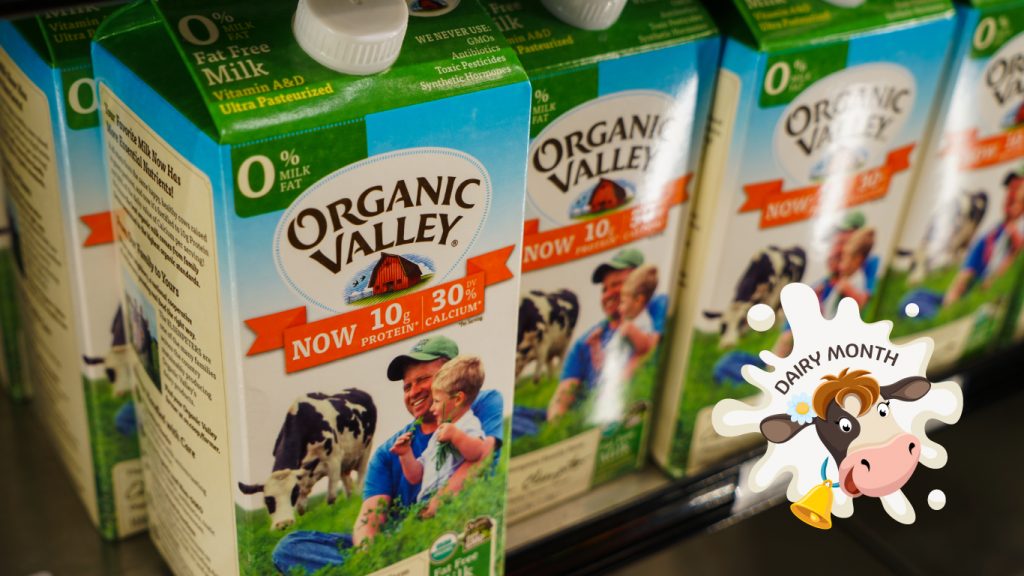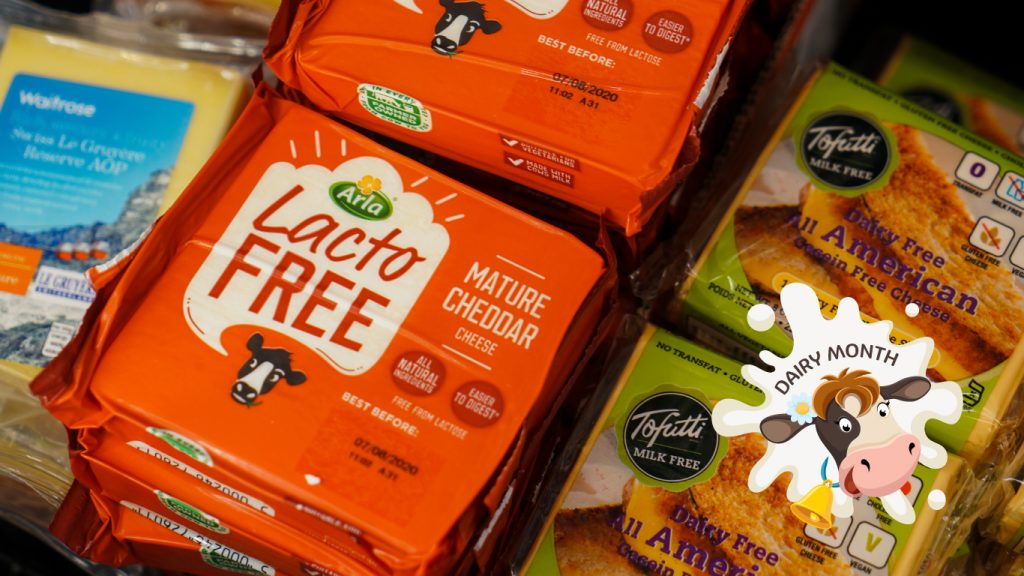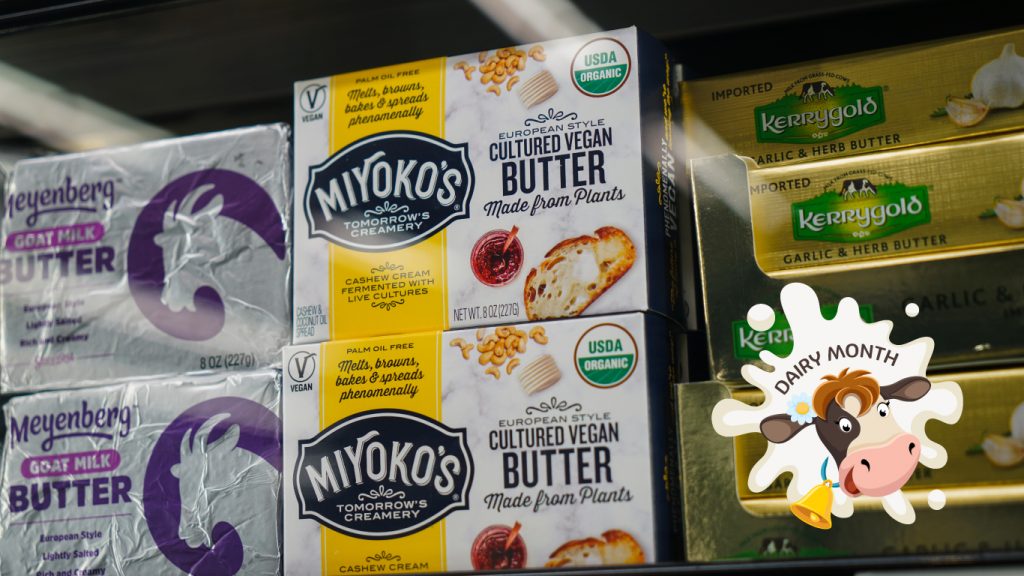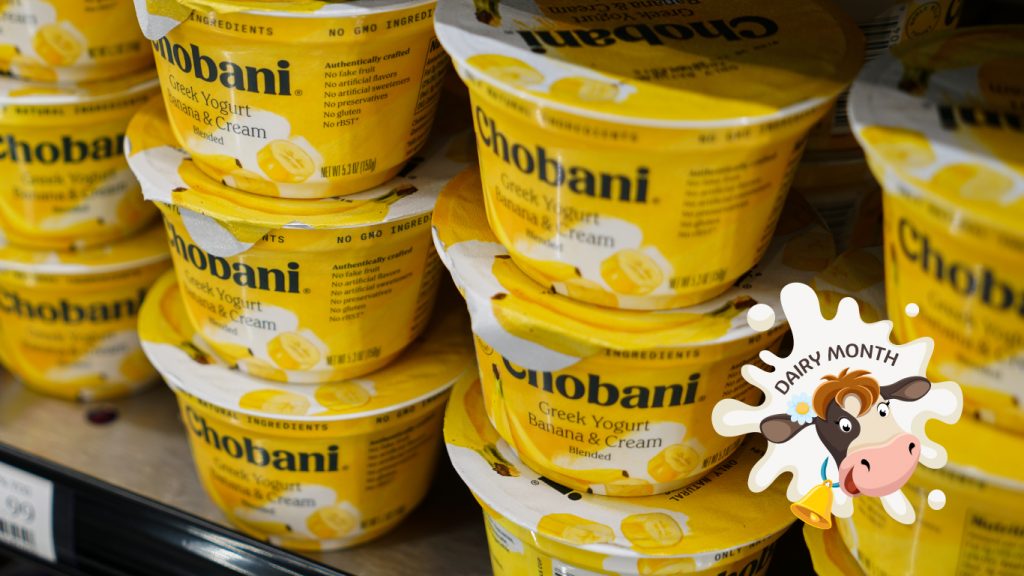Food & Lifestyle
Updated: June 9, 2020
Milk, Yogurt, Cheese – It’s Dairy Month!
June is Dairy Month!
Throughout the month we’ll be showcasing our favorite dairy products, highlighting health benefits, while also looking at dairy alternative products. If you’re not already, follow us via our social media channels (@FostersCayman), for all things Dairy Month!

Health Benefits
One of the most commonly known health benefits that dairy provides is improved bone health. This is from the intake of calcium and is especially important in the diets of children and adolescents, as their bodies are developing.
Dairy products that are higher in potassium can help people maintain healthy blood pressure. Products with high levels of potassium include some yogurt, milk and soymilk products.
Milk is a great source of protein and is considered a ‘complete protein’ – meaning it contains all nine essential amino acids.
Probiotics are also found in some dairy products, including cultured dairy foods like yogurt. Probiotics can enhance good bacteria in the gut, improving overall health and reducing the risk of certain diseases.
Cheese is a good source of protein, calcium and fat, and if it’s from the milk of 100% grass-fed animals, then it’s higher in nutrients and contains omega-3 fatty acids. (Omega-3 fatty acids are crucial, this isn’t a fat you want to cut back on)

Dairy Alternative Products
If you have issues digesting dairy products or you follow a vegan diet, then dairy/lactose-free products could be the way to go!
Soy, oat, almond, coconut & rice are generally used as the base for dairy-free products. Milk, cheese, yogurt & cream are all available in a lactose-free option at Foster’s, usually in both fresh and non-perishable varieties.

Fun Facts
- A single cup (237 ml) of milk contains:
- Calcium: 276 mg — 28% of the RDI
- Vitamin D: 24% of the RDI
- Riboflavin (vitamin B2): 26% of the RDI
- Vitamin B12: 18% of the RDI
- Potassium: 10% of the RDI
- Phosphorus: 22% of the RDI
- The world’s population consumes over 2.1 billion liters of milk every day. That’s enough to fill up 813 Olympic-sized swimming pools.
- A cow turns grass into milk within two to three days. Depending on the breed, a cow can make between 25 and 40 liters of milk per day.
- There are more than 2000 varieties of cheese available worldwide.
- Cheese can be produced using a variety of milk including cow, buffalo, goat, horse, and even camel.

If you’re wanting to increase your dairy intake, we’ve compiled the following: (always consult your doctor when making changes to your diet)
- Make a fruit-based smoothie and include either yogurt or milk
- For breakfast, have yogurt with granola and berries
- Spread ricotta cheese on your morning toast with fruit preserves
- For a snack, have fresh vegetables and make a dip using low fat or no fat yogurt
- For dessert, make a pudding with skim or 1% milk
Resources:
https://www.choosemyplate.gov/eathealthy/dairy/dairy-nutrients-health https://www.healthyeating.org/Healthy-Eating/All-Star-Foods/Dairy https://www.healthline.com/nutrition/is-dairy-bad-or-good#obesity-and-diabetes https://www.webmd.com/healthy-aging/omega-3-fatty-acids-fact-sheet#1 https://nationaltoday.com/national-dairy-month/ https://www.cheesehouse.com/uncategorized/21-cheese-street-21-interesting-unique-and-mind-blowing-cheese-facts/
